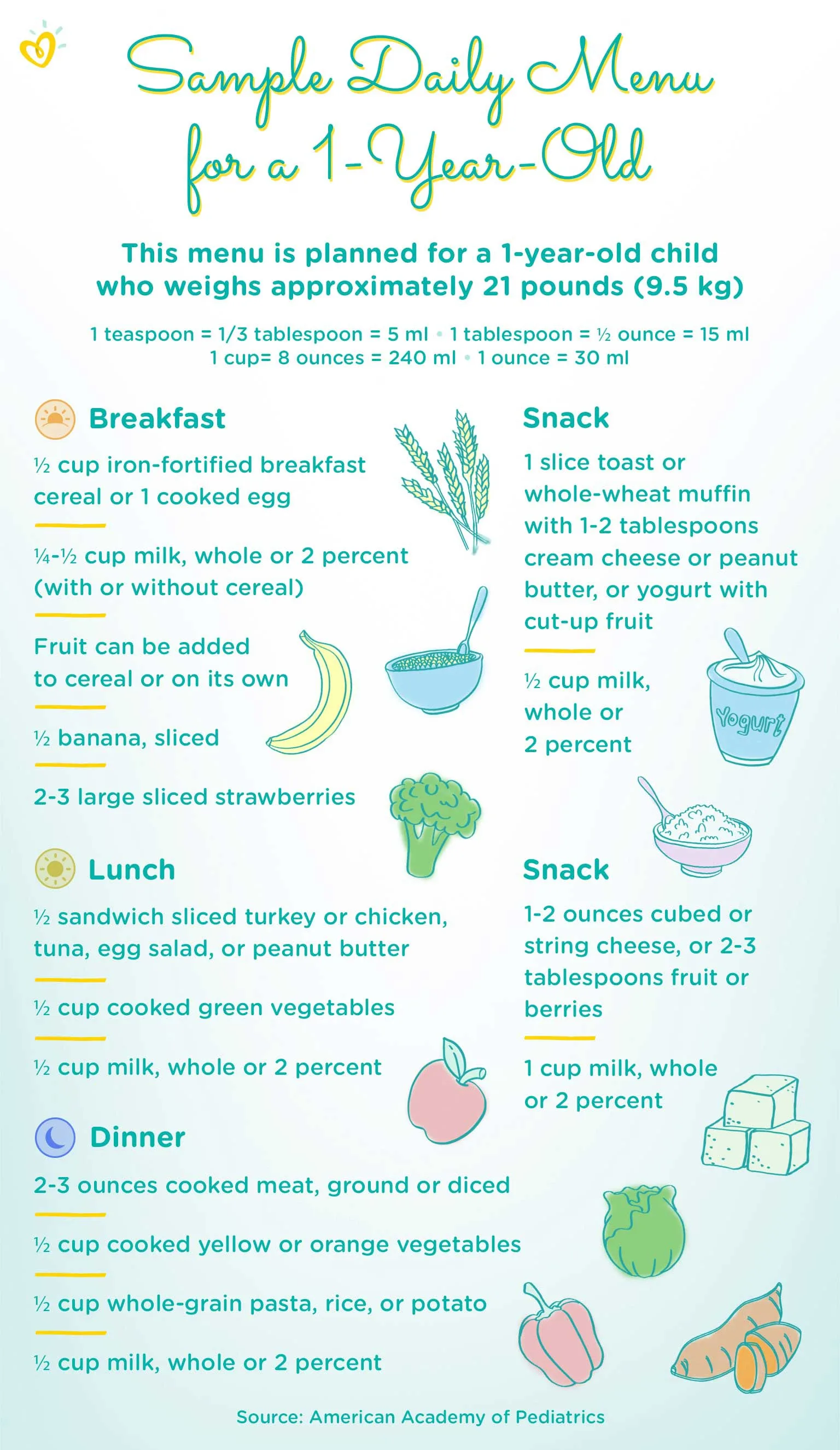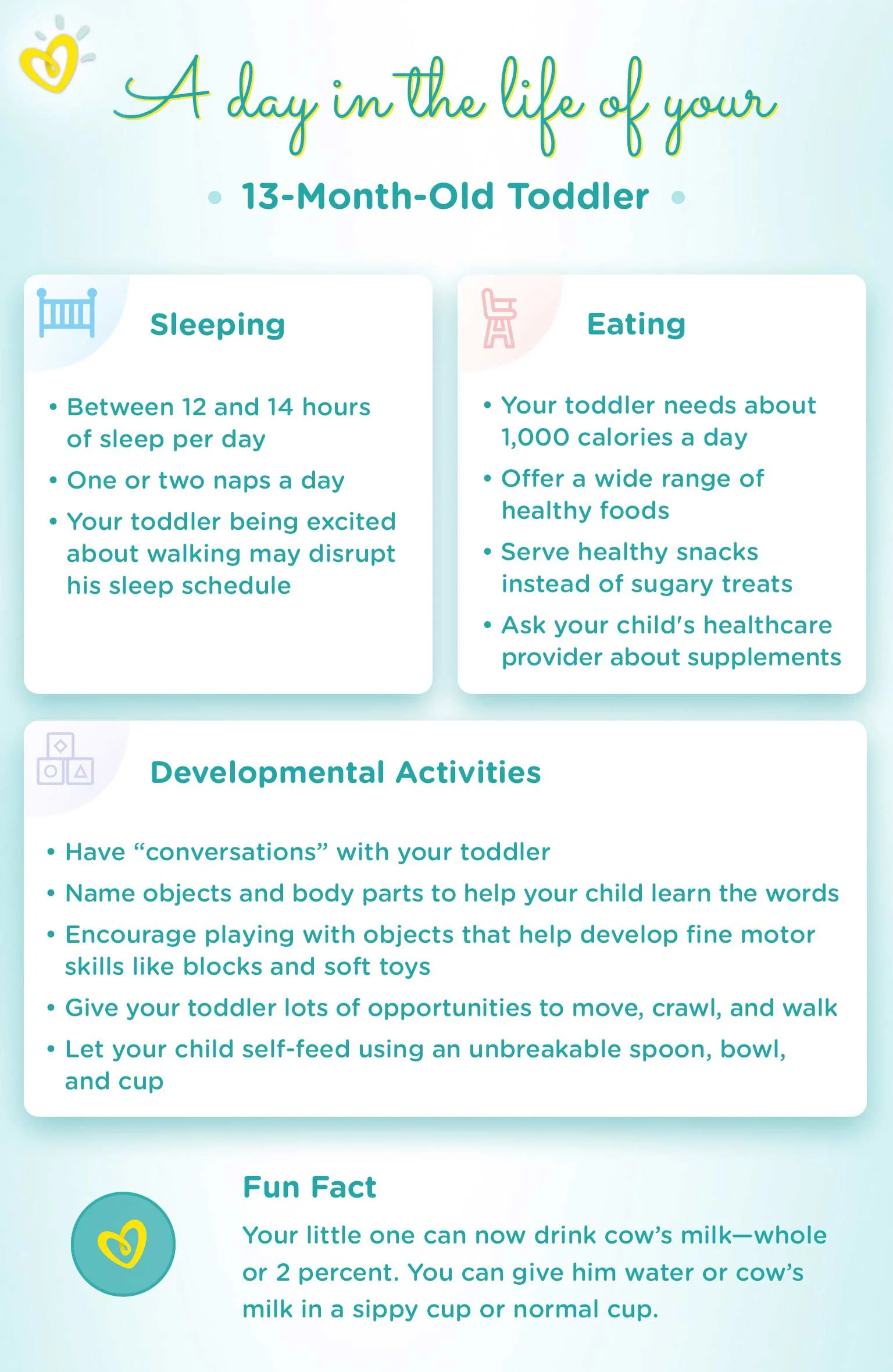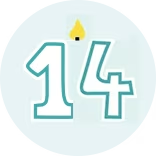13 Month Old Baby Development Milestones – Toddlerhood Has Begun!
Congratulations! Dear parents, your 1 yr old baby is not-so-little any more. She might now be cruising, actively crawling, or even taking those first little thrilling steps. And it won’t be long before you notice her slowly starting to test her boundaries by expressing what she wants in a more upfront manner. This new growing independence and her evolving personality will be both exciting and challenging from time to time. Keeping that in mind, we have put together some of the 13-month baby milestones she will be achieving this month. This guide also covers her food discoveries, appetite swings, sleep schedule, and much more. Continue reading to know it all!
Toddler Development Milestones
By now, you must be acquainted with the various baby milestones by month. Automatically, you will notice your toddler developing and growing in her own unique way and on her own timeline. The things you notice now may differ from one toddler to another and these developments may occur either a little earlier or later. They include:
Slower growth:
Now that your toddler has reached the 13-month-old baby milestone, her growth will start to slow down as compared to the rapid growth in her first 12 months. She will probably gain only three to five kilograms in the coming year. Plus, her doctor will also continue to monitor her growth rate against the growth charts during her regular checkups.
Toddling:
Your 13-months baby will soon start toddling. But, it is important to know that learning to walk doesn’t happen at once. Many factors such as a change in directions or even the ground surface can cause her to lose balance and drop at once. It is only with time that she’ll become more confident. Usually, it takes about a month or two for your little one to independently stand up and move around without your support.
How To Boost Your 13-Month-Old’s Development
Here are some easy steps you can take to support your 13-month-old toddler’s development:
Choose toys that help boost your toddler’s fine motor skills and hand-eye coordination. Give her things like soft toys and big blocks to play with. This will help her get better at picking up objects using her forefinger and thumb and holding onto them
Reading together daily is one of the best activities for a 13-month-old toddler. Be it early in the day or during bedtime, reading with your little one acts as a great learning opportunity as well as a memorable part of your family time. Name the animals or objects she points at as you read together and help her turn the page. It is usually around this month that your little one learns to pick up a book to read or even mimic the sound animals you’ve shown her a few times.
Having small conversations with your 13-month-old baby will aid in her language development. Be it during her diaper changes, strolls in the garden, or bath time, talk to her about what you’re doing and what’s happening around her.
If your toddler still uses a bottle, then it’s time to switch to a sippy cup. However, many experts still recommend completing this switch by 18 months. A simple way to start doing it is by slowly taking away her midday bottle, then her morning and afternoon one, and finally her bedtime bottle.
Menus And Mealtimes For Your 13-Month-Old
Mealtime spills and messes are a part of the learning process and add a hint of fun for your toddler. She is still learning to feed herself either with her fingers or a spoon and drinking from a cup. You will also notice that your toddler is less hungry than before.
Although metabolism, growth rates, and activity levels differ from child to child, babies reaching the 13-month milestones roughly need 1,000 calories a day. These calories are derived from the two snacks and three small meals. For instance, 16 to 24 litres of whole milk will count for those 300 to 450 daily calories your toddler needs.
Additionally, you may also observe:
Your toddler consuming close to 1,000 calories one day and eating a lot more or much lesser the next day
She may prefer a heavy breakfast and not be hungry for the rest of the day
She may munch on her favourite food but reject it a few days later.
Whatever it is, go with the flow. Offer her plenty of nutritious foods and proteins like eggs, meat, milk, cheese, yoghurt, vegetables, fruits, and whole grains such as bread, cereals, or pasta. Do not stress over providing her with a full-balanced meal at each sitting. Serving healthy foods at each meal will ensure her body receives the right balance of nutrients. The trick is to experiment with different flavours and consistencies, offer ample nutritious options and allow your little one to choose how much of what she wants to eat.
For more creativity, take a quick glance at your 13-month baby’s food chart.
Introducing Cow’s Milk
At this stage, cow’s milk should be a regular in her diet. You can offer 16 to 24 litres of either whole or 2-percent milk; however, it is best to consult your baby’s doctor, if you're unsure which kind is the best for her. Just remember to serve it in a cup instead of a bottle.
Now, with cow’s milk on her daily menu, you will slowly observe changes in her poop. Do not fret; it is normal. But, if your little one becomes constipated or gets diarrhoea, then it is advised to contact her paediatrician immediately.
Your Toddler’s Sleeping Schedule
When it comes to the baby development milestone, there’s no one-size-fits-all. Your 13-month-old will also experience changes in her sleeping schedule. She will perhaps need 12 to 14 hours of sleep a day. Although two daytime naps are enough at this stage, almost half of all toddlers nap just once a day by 15 months. This transition usually happens over the coming months, and it is typically the morning nap that your toddler will give up on.
Many experts recommend watching your toddler for signs of tiredness like irritability and then matching her sleep schedule with it.
A Day in the Life of Your Toddler
Now that your 13-month-old is slowly learning to walk and eat on her own, take a look at what a day in your home will look like:
Your Toddler’s Health: Establishing an Early Healthy Lifestyle
Now that your little one starts to eat a variety of foods and exercises better control over her choices and activities, it’s a great time to also establish her healthy habits early. So, if you’re looking to start a healthy lifestyle for your tiny tot, check out these easy tips below:
Give your toddler plenty of opportunities to freely move around the house, whether it’s crawling or walking at this stage
Be careful about her cues that she’s full and don’t force-feed her when she’s not hungry
Give a lot of healthy snacks like vegetables, fruits, wholegrain crackers, and low-fat dairy foods to your toddler
Refrain from engaging her with digital media until she’s 18-months to 24-months-old
You as a parent should also set a good example by consuming nutritious and healthy foods and staying physically active
To reinforce good behaviour, start by telling her that she has done a good job or by giving her a hug or kiss. Do not use food as a reward.
FAQs at a glance
Language development differs from child to child and there’s no concrete answer for that. But, at 13 months, few toddlers may be able to utter simple words like “bye-bye” and “mama”. If your toddler hasn’t started talking yet and you’re concerned, then speak to her paediatrician.
Your Life as a Parent: Being Ever Vigilant
While your little one is gradually becoming independent and growing curious about the world around her, she will not be able to completely understand your instructions. This means a major part of your role as a parent is about being vigilant to make sure that she stays safe. For instance, if your toddler picks up a breakable object, she won’t be able to follow your instructions immediately. This is when you will have to intervene and take away the object from her, place it out of reach, and substitute it with a safer object for her to play with.
Not only that, but you will also hone the skill of being able to think on the spot and redirect your child’s attention to safer objects during the coming years.
Further, childproofing your home is a must. This will enable your toddler to safely explore all the open areas of your home and will greatly encourage her independence and mobility. For example, place safety guards on electrical outlets, add corner guards on sharp edges of tables and block steep stairs or doorways with baby gates. These are the things you can do to make your living area a safe space for your child’s play.
Staying watchful and anticipating your toddler’s next move can be tiring for you as a parent. Thus, keep reminding yourself that your toddler’s safety is a must, while also facilitating her with a chance to learn is crucial for her happy and healthy development.






